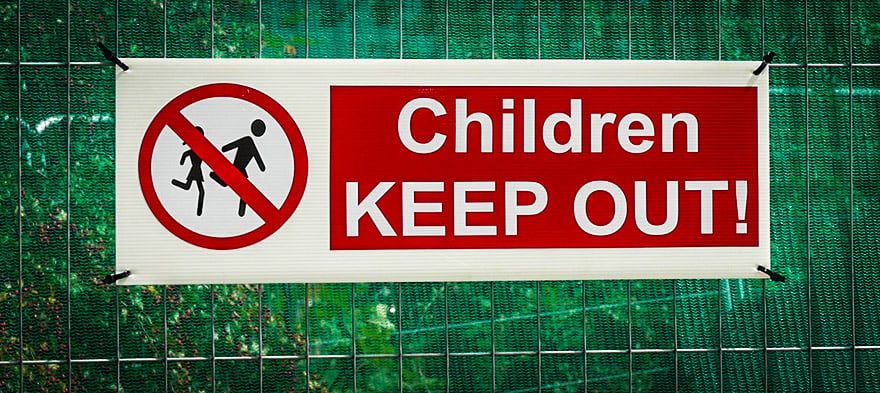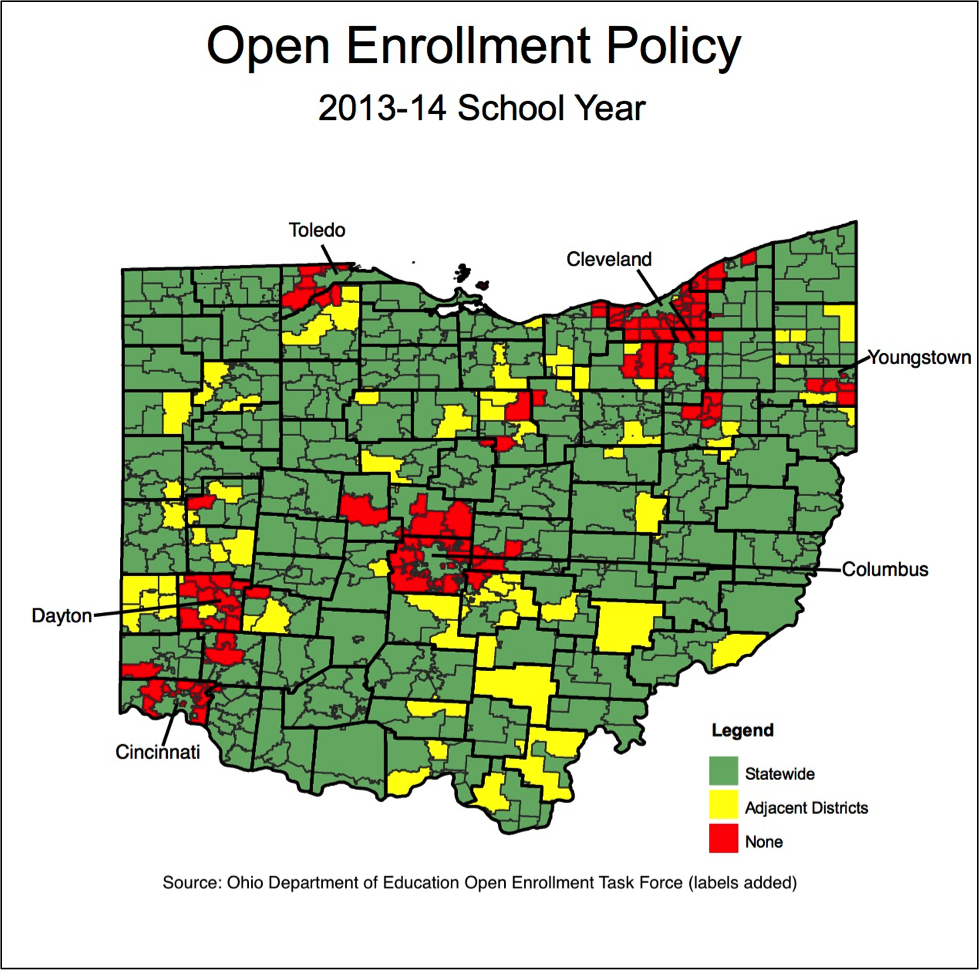
Jul 26, 2016 12:00:00 AM
Open Enrollment allows a student to attend school tuition-free in a district other than the district where his or her parents reside.But the fine print allows each school district to decide whether to take students from any district, only adjacent districts, or none. The majority of districts in the state do participate, but one specific group is conspicuously absent from the list: the suburban districts surrounding the state’s big, high-poverty cities.
 Source: Ohio Department of Education Open Enrollment Task Force.
Source: Ohio Department of Education Open Enrollment Task Force.
Zahava Stadler is project director of the Education Funding Equity Initiative at New America and has researched and written on school finance reform for Education Trust and EdBuild.
Few issues in education spark more tension and debate than standardized testing. Are they a tool for equity or a burden on students? A necessary check on school systems or a flawed measure of...
Charter schools are public schools with a purpose. Operating independently from traditional school districts, they're tuition-free, open to all students, and publicly funded—but with more flexibility...
Despite the benefits of a diverse teaching force, prospective teachers of color fall out of our leaky preparation pipeline at every stage: preparation, hiring, induction, and retention. Here’s what...
Ed Post is the flagship website platform of brightbeam, a 501(c3) network of education activists and influencers demanding a better education and a brighter future for every child.
© 2020-2025 brightbeam. All rights reserved.
Leave a Comment